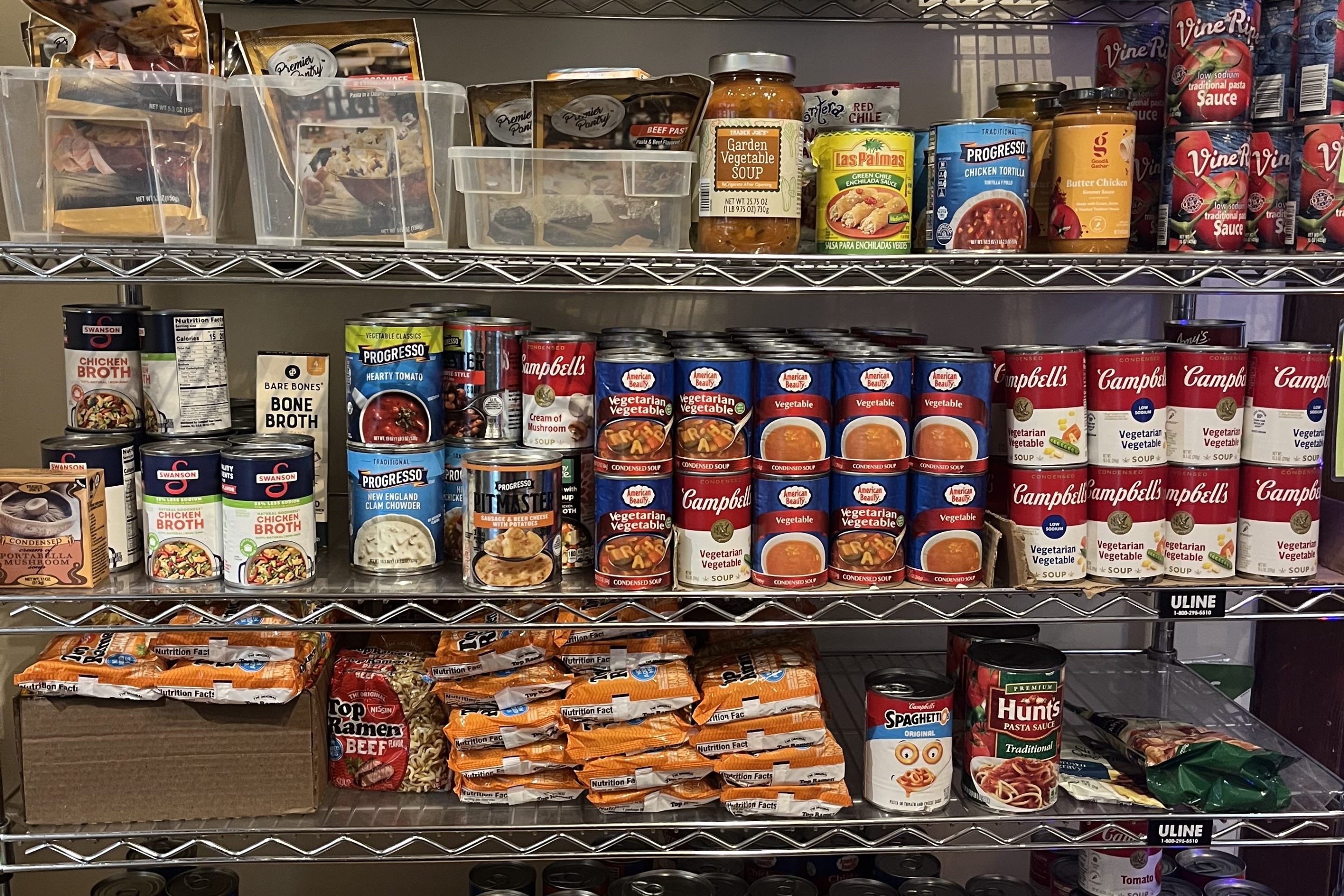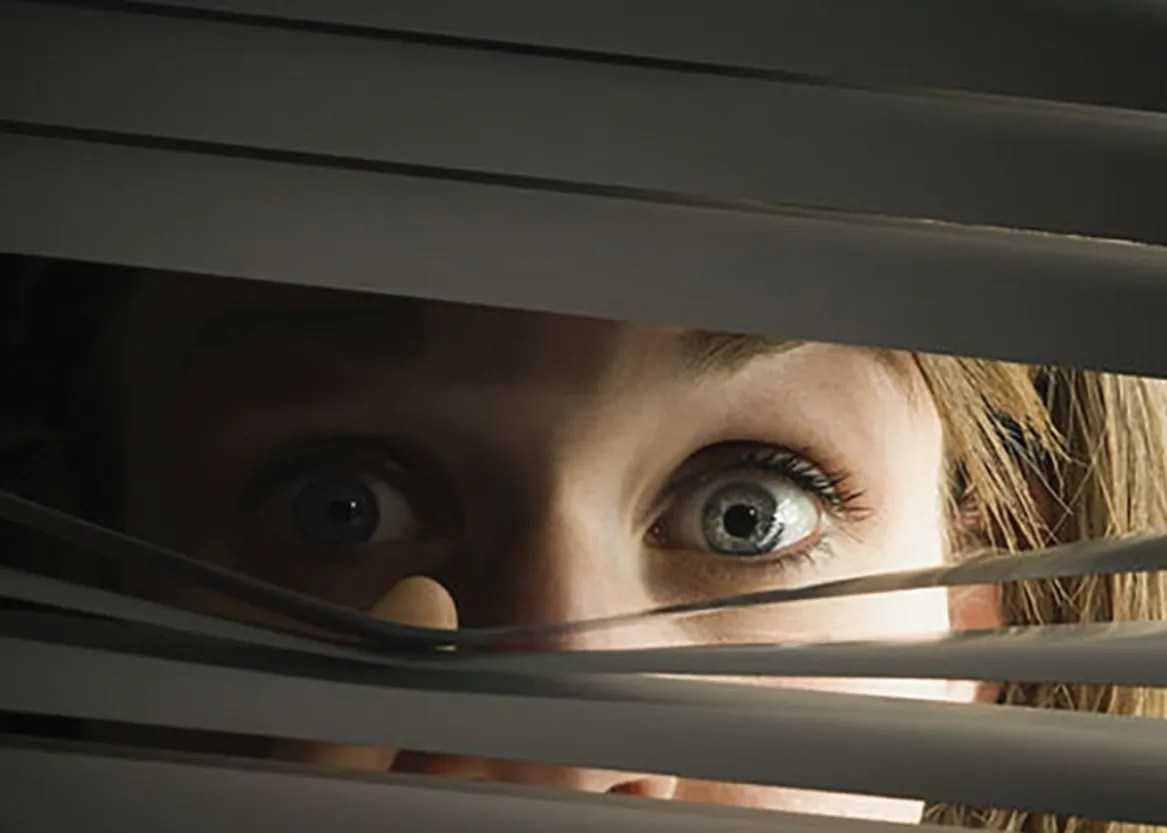Our goal is to offer readers diverse perspectives on newsworthy events or issues of broad public concern to the Hill & Lake community.
Thank you!
I am an East Bde Maka Ska homeowner. I received your newspaper and I love it. I often ride my bike and walk around Lake of the Isles and have friends in the area you publish for.
Being a part of a greater community in such a beautiful part of Minneapolis can only be good! Your paper is informative and fun, so thanks for including us.
I look forward to the next issue.
Jane Anderson | East Bde Maka Ska
Gratitude for Hill & Lake Press
I want to thank you for including me in your "warm welcome to our neighbors" experiment. I live in the Triangle neighborhood of St. Louis Park, not quite in your expansion to East and West Bde Maka Ska neighborhoods. However, I truly appreciated seeing the Hill & Lake Press in my mailbox, and reading the local news in hard copy!
I hope you don't realize your mistake including my neighborhood in your experiment. I look forward to the next two issues, and hopefully to being permanently included in your monthly mailings.
Again, thanks for this. I forgot how I truly missed reading the news in hard copy.
Jack Stack | St. Louis Park
Greetings from West Maka Ska!
Thank you for including the West Maka Ska neighborhood in your most recent circulation. I am the council chair for the neighborhood. Let us know how we can support you.
Tim Knight | West Maka Ska
Enough with the Lawn Ads!
We were out of town for the August hailstorm. We returned to find the neighborhood boulevards blanketed in advertisements for roofing companies, lawn care companies, and contractors.
I asked our City Council representative's office about the signs, and they stated that lawn signs, commercial, not for profit, or social, must be put on private property. It is illegal to place signs on the boulevard.
Perhaps our neighbors would request that their contractors and service providers put signs on their own property and not on the boulevards.
I will not remove a sign for the neighborhood super sale, Kenwood Elementary, Grace Preschool, etc. from the boulevards.
However, community members may remove illegally placed signs from the boulevards.
Leah Harp | East Isles
Guess what? Lisa Bender is Back!
Folks may be familiar with former Minneapolis City Council Member Lisa Bender, and the disastrous projects she bequeathed to the citizens of Minneapolis before she left office and moved to suburbia.
Chief among them was the re-engineering of Hennepin Avenue between Lake and 36th Street which, among other things, took out on-street parking.
And, scheduled for construction beginning in 2024, the redesign of Hennepin Avenue between Douglas Avenue and Lake Street, which will restrict parking, add designated bike lanes, and reduce auto lanes from four to two.
Both have caused, and will cause, damage to Uptown businesses.
Bender currently works for Alta Planning. Alta Planning has a master contract with the City of Minneapolis for a wide range of projects and subcontracts on many other projects with the city and county as well.
Recently at Open Streets Lyndale, Hennepin County representatives had a booth to talk to attendees about the proposed plans for the makeover of Lyndale, which include removing parking from Franklin to Lake and putting in bike lanes.
Matthew Dyrdahl, a member of the Alta team — who prior to that worked for seven years as the Bicycle and Pedestrian Coordinator for Minneapolis Public Works and served as manager of the Open Streets planning process — told visitors to the booth that he works with Lisa Bender.
The “improvements” that Lisa Bender and her planners have brought to our city are clear. Look no further than Uptown.
And now she seems poised to make a comeback.
Lisa McDonald | Former Ward 10 Council Member
Getting Around Hill & Lake-land
When I read debates over how space is allocated for transportation in Minneapolis, there seems to be more heat than light. I’d like to step back and look at the data.
In the October issue of Hill and Lake, Susan Lenfestey complained about “(empty) bike lanes” proliferating on city streets. I’ve also heard in my neighborhood committees that the bike lanes are always empty, implying that no one uses them. But as the old song goes, “It Ain’t Necessarily So.”
In “Why Bike Lanes With Lots of Bike Traffic Can Still Appear ‘Emp ty,’” Angie Schmitt quotes University of Minnesota professor David Levinson, who explains that “free-flowing bike traffic will look much sparser than gridlocked car traffic, even when the number of cyclists using the bike lane is the same as the number of motorists in an adjacent car lane.”
I’ve experienced this myself, even on quiet residential streets. Sometimes I’ll see two cars facing off with only three feet of space on either side. As I slip past on my bike, I think about rutting bucks that lock horns and die of starvation.
Ms. Lenfestey goes on: “Andrea Corbin, owner of the Flower Bar, 2736 Lyndale Ave., and Saed Wadi, owner of World Street Kitchen across the street, took three days to walk the length of Lyndale Avenue between Franklin Avenue and 28th Street, talking with business owners about the plan, particularly the possibility of removing parking. . . . ‘All of us are on the same page,’ says Corbin: ‘We need parking!’”
Studies have shown that retailers overestimate car use. Why didn’t they talk to customers, and ask how they arrived?
Perhaps these business owners drive in from car-centric suburbs, and assume that everyone in this dense urban area owns a house with a car in a garage. When I walk through my neighborhood I certainly see more houses than apartment buildings. But when I pulled up the Neighborhood Demographics Dashboard, clicked “Rent/Own” and selected “East Bde Maka Ska,” it said that Occupied Housing Units came to 754 rented, and only 426 owned.
Corbin “points out that most of her employees live in the neighborhood and walk or bike to work. But without customers from outside the area, who need convenient parking, her business won’t survive.”
Again, did she ask how many of her customers really travel from outside the area? If her business is struggling, maybe it’s because she doesn’t make it easy for her neighbors to lock their bikes outside her store. If I can’t lock my bike close to a business, I go somewhere else.
A recent article asks, “Bike Lanes Are Good for Business. Why Don’t Business Owners Believe It?” Another makes “The case for small businesses and bike lanes.”
It’s time to think outside the (metal) box, and welcome cyclists, pedestrians, and bus riders to businesses.
Keith Heiberg | East Bde Maka Ska






